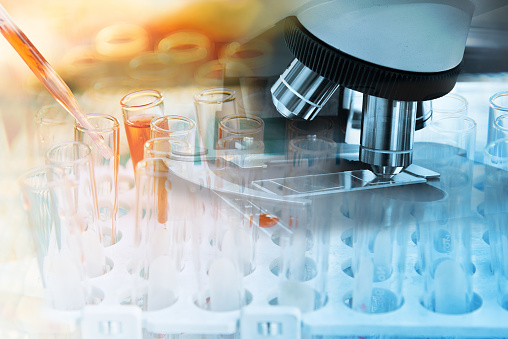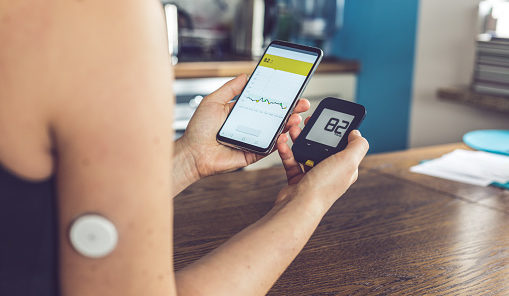The turn-around time for liquid biopsy is considerably faster than a tissue-based test, according to the findings of a pilot test presented today at the IASLC 2020 Lung Cancer Hot Topic: Liquid Biopsy Virtual Conference.
Researchers assessed 25 patients with treatment-naive advanced metastatic non-small cell lung cancer (NSCLC) and compared time to report and time to treatment for next-generation sequencing (NGS)-based liquid biopsy vs. tissue-based analysis. They collated tissue and blood biopsies for all patients and noted that tissue-based analysis was based on local standard of care, which was immunohistochemistry for ALK, ROS1, and PCR or amplicon-based NGS for EGFR mutation statuses. Subsequently, each patient also was given a liquid NGS platform blood biopsy.
According to the results, the turnaround-time analysis revealed that the median range from the pathologic diagnosis to receipt of the tissue report on the last biomarker was 21.5 (7-45) days while the median ranges from blood draw to receiving the cfDNA findings was 10 (7-19) days. The researchers reported that actionable genes were identified in 11 tissue biopsies and in 14 by liquid biopsy. They observed that liquid biopsy discerned mutations in PIK3CA and MET, as well as RET fusion, that were not tested by the local labs. One ALK fusion and one EGFR mutation were detected by tissue biopsy but not by liquid biopsy.
“This study suggests that NGS-based liquid biopsy improves time to report and more importantly, time to treatment, in patients with advanced NSCLC in comparison to tissue-based molecular analysis,” said Nir Peled, MD, a medical oncologist and Head of the Cancer Institute, Soroka Medical Center via a press release. Dr. Peled added, “I am convinced that that the practice of ‘liquid first’ should be even implemented before tissue biopsy is performed; if so, we may see even more dramatic outcomes.”
Credit: Original article published here.










